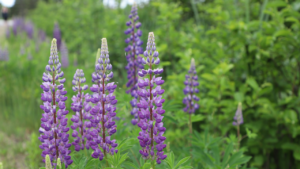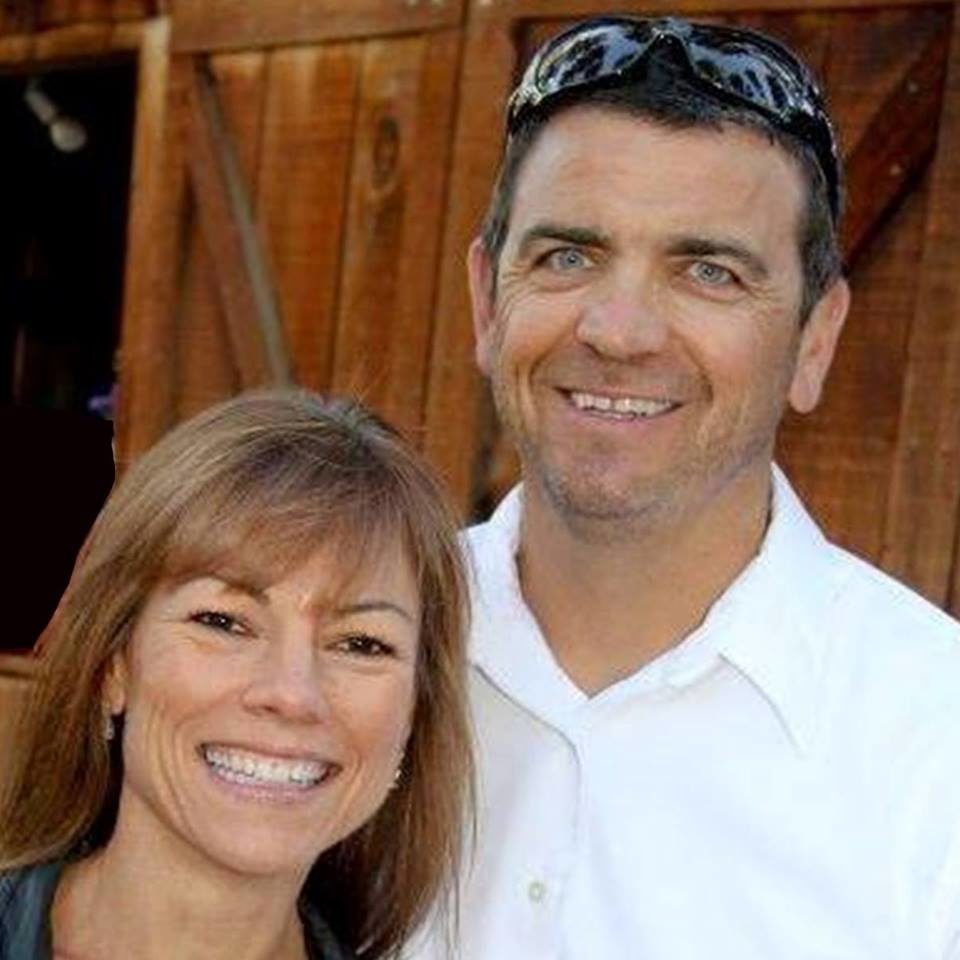 Landscaping and gardening in the High Sierra are challenging. From soil composition to the short growing season, it takes persistence but offers big rewards. To find all of the best practices download the Home Landscaping Guide. We’ve distilled some key points for your next landscape project.
Landscaping and gardening in the High Sierra are challenging. From soil composition to the short growing season, it takes persistence but offers big rewards. To find all of the best practices download the Home Landscaping Guide. We’ve distilled some key points for your next landscape project.
- Use Water Wisely. Not only is it the right thing to do for the environment, but it’s also good for your bank account. Most water sources are metered in Lake Tahoe and thirsty landscaping is expensive. It’s important to plan for efficient water use and remember that native forest vegetation doesn’t need an irrigation system. Drip irrigation requires no excavation work, is operated on low water pressure, reduces runoff, and allows for easy expansion and modification.
- Native is Beautiful. There is a wide range of native Tahoe perennials that flourish at altitude with little maintenance or fertilizer. Choose plants for not only aesthetics but also seasonal color, water requirements, and fire safety. A good place to start is the Tahoe Regional Planning Agency’s recommended plant list. These plants are drought-tolerant and efficient with a proven track record. Favorites include Lupine, Flax, Columbine, Cinquefoil, and Monkey Flower.
- Defensible Space is Key. Lake Tahoe is considered an extreme fire hazard environment. Creating defensible space around your home reduces the home’s wildfire threat and supports fire-safe neighborhoods. It’s important to remove highly flammable native vegetation and plan less flammable, low-growing species for a distance of at least 30 feet from your house. Experts recommend following the “Lean, Clean and Green” checklist when planning your landscape. ♦Lean – only small amounts of flammable vegetation are present; ♦Clean – there is no accumulation of dead vegetation or other flammable debris; and ♦Green – plants are healthy, well-watered and green during the fire season.
- Best Management Practices (BMPs) control erosion and protect Lake Tahoe and they are a requirement for all home owners in the Lake Tahoe Basin. For more information check out the BMP Handbook.
- Working with the Soil. Tahoe’s soil is often fragile and carries a small layer of organic matter which leaves it susceptible to soil erosion when disturbed. Often a landscape has some good soils and some poor soils. Improve your soil by working in organic matter like compost or aged manure, or place mulch such as bark, grass clippings or leaves on top of your soil. Compacted areas are improved by aerating the soil or loosening it with equipment. Whether you’re starting a new landscape or renovating an older one, your new and existing plants will do better if you take the time to improve your soils. It’s important to reduce the use of fertilizers in the Tahoe Basin. In general, lawns should be fertilized lightly, and only in the spring and late summer. Phosphorus should be added sparingly, if at all, as it is plentiful in Tahoe’s soils, and overuse is harmful to the lake.
For more information on Lake Tahoe listings, activities, events, and news sign up for our newsletter.


Leave a Reply